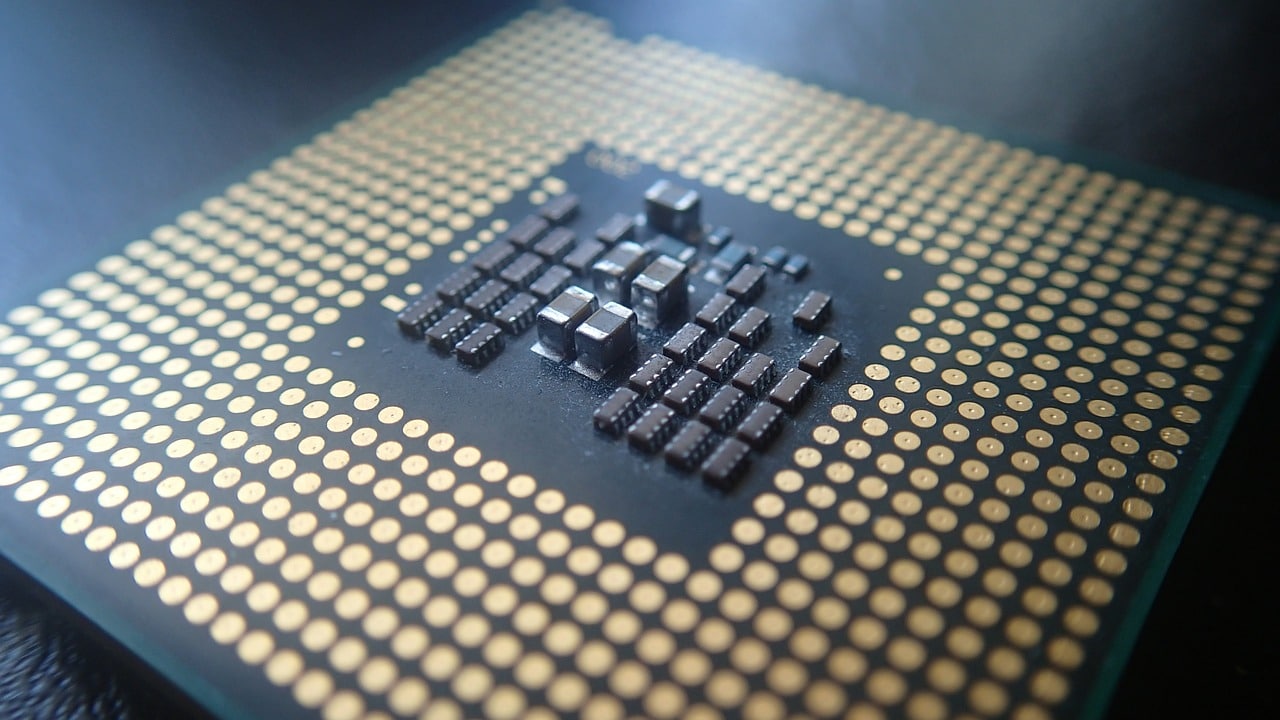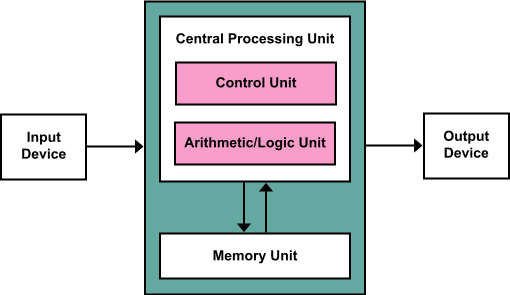It is well known to all of us that CPU, that is, the Central Processing Unit, is considered as the heart of all the Operating Systems, taking it from a PC, laptop, or any smart gadget. Well, this was a general fact which is known to almost every person on this planet, now another term arrises – Thread.
If you belong to the IT field, then you must be having an in-depth knowledge of this term. Let me present to you a fundamental definition of the term thread – It is considered as the smallest unit of an operating systems’ processing.
Nowadays, a thread exists within a process; that is, a single process may contain multiple threads to carry out effective multitasking. Before landing to a conclusion for a good processor, core count, or thread count, a fact needs to be digested that it is not a straightforward answer and needs acute research on both of these terms.

It is time to understand both these terms on a broader level with a deep understanding of their differences that, too, on a parallel note to establish a clear picture of both. There will be many instances when one might quickly get confused.
The CPU is the central component of each computer for processing. The place where all the computational calculations are conducted is called the CPU. It is also known as the Core. There are two types of cores:
1. Single-Core Processor: They process only a single task at any given time and is not the best possible condition for better performance. To make this execution fast, one needs to increase the clock time of the system, which eventually costs to higher power consumption with a high amount of heat dissipation.
2. Multi-Core Processor: This is the advanced version of single-core processing in which 2/more threads are created for a single tasks’ completion, so if one dies, then the other will ready to complete the task. It keeps clock speed at an efficient level, with better speed and less consumption of energy.
Let’s find out more about the performance difference between Single-core vs Multi-core in below video.
CPU has two sub-sections – Control Unit and Arithmetic Logical Unit (ALU). CPU cores are the physical hardware components that reside inside a computer, and threads are virtual components that help manage workload and computer tasks efficiently. The CPU can interact with multiple threads at once if needed.

Take a generic example of a human body and consider the CPU as a person’s mouth and the Thread as the hands. The mouth does the eating, while the hands help organize the ‘workload.’ The thread helps deliver the workload to the CPU more efficiently. More threads constitute more work done in a short period, hence more efficiency in processing the data.
Also Read: How to Overclock a Laptop For Higher Performance
CPU cores are the actual hardware component, whereas threads are the virtual components for task management. The CPU is fed with the tasks from a thread, and this process is known as Multithreading. There are two types of threading:
1. Multithreading: It enables the running of the common tasks over multiple threads of execution within an Operating System. It may even include various system processes.
2. Hyper-threading: This technology is only available to Intel processors. While it’s still multithreading, it uses the threads more efficiently. That being said, AMD cores, Ryzen product line gets around this issue by adding more physical cores and delivering comparable results without having access to this technology.
There is one more term which s very famous if someone talks about core and the threads, that is Cache Miss. A cache miss occurs when the data requested is not found in the CPU’s cache memory. When this failure happens, the information has to be fetched from other cache levels/ memory. The delayed fetch can cause latency, which will end up hindering the performance of the CPU.
Now multi-threading allows the CPU to schedule information beforehand, which minimizes the processing downtime. Regardless of the application running, reducing cache misses will improve performance and speed across the system.
CPU Cores vs Threads
| Properties | Core | Thread |
| Definition | Task fed to hardware components to complete a specific task. | A virtual component which supports the core to complete a task. |
| Deployment | Implemented by interleaving operations. | It is performed by utilizing multiple CPU’s processors. |
| Processing Units | Even runs on a single processing unit. | It requires multiple processing units for execution. |
| Working Process | It feds task from a thread and relies on the second thread only when the first one is not reliable enough. | There are plenty of variations in which CPU interacts with multiple threads. |
| Benefits | Increase the amount of work accomplished. | Improves throughput with its computational speed. |
| Make Use of | Uses context switching. | Uses multiple CPUs for operating numerous processes. |
| Limitations | It requires more power consumption at increased load. | At the time of multitasking, there is a chance of co-ordination between the OS, kernel, and threads. |
| Examples | Executing many applications simultaneously | Smartphones |
Hopefully, this piece of information will bring down all the confusion between the CPU cores and threads and has quested your curiosity.







